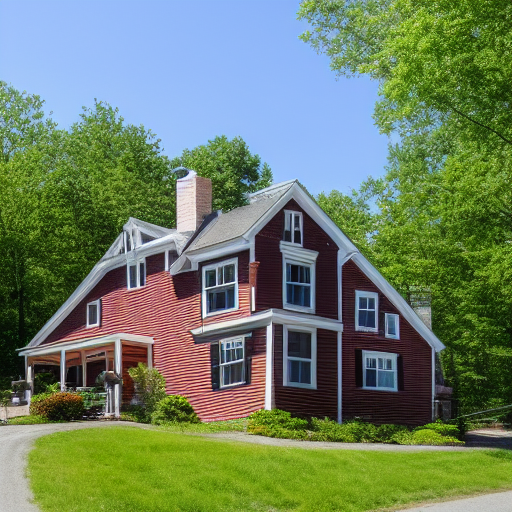Harpsichords are keyboard instruments that were popular in Europe during the Baroque era, which lasted from the early 17th century to the mid-18th century. The harpsichord produces sound by plucking strings with a mechanism called a quill. Unlike a piano, which uses hammers to strike the strings, harpsichords have a more delicate and subtle sound. The instrument’s tone is also limited by its lack of dynamic range; meaning, it cannot produce changes in volume or intensity as easily as modern pianos.
Despite its limitations, the harpsichord was an important instrument during the Baroque period, featured in many famous compositions from composers such as Johann Sebastian Bach and George Frideric Handel. The harpsichord’s unique sound was used to create baroque-style music, which emphasized ornamentation and complex counterpoint. The instrument’s keyboard layout is also different from modern pianos; having two or even three sets of keys arranged side by side, allowing for the use of different sounds and effects.
Today, harpsichords are mostly found in museums, conservatories, and concert halls. However, there are still some musicians who specialize in playing the instrument and some organizations that make them. Harpsichords are often used in period performances of baroque music and continue to be celebrated for their historical significance in the development of classical music.
